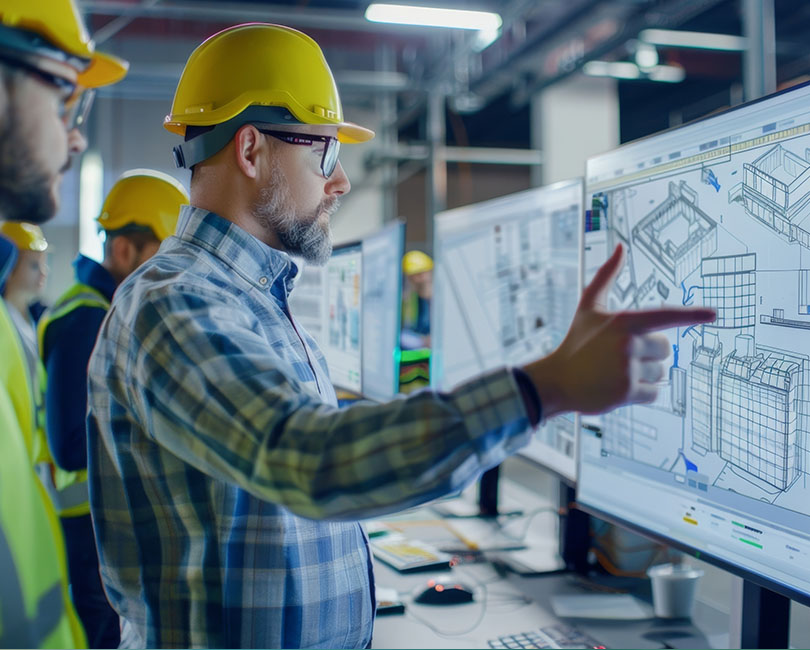Shaking Things Up: Interruption and Disruption

Have you ever experienced an earthquake? It’s that moment when, with little warning, everything shifts and control is completely out of your hands. Interruption and disruption in business have the same effect, including the telltale tremors and aftershocks. Both of these examples can be described as unexpected, significant, chaotic, and sometimes devastating. The minutes, hours, days, and weeks following an earthquake require strength, resilience, endurance, perseverance, adaptability, and vision to survive. The same can be said for the influx of business interruption and disruption. The ability to quickly respond leads people to find opportunity in a challenging situation, whether it is to rebuild or design something new.
The Tremor of Change
Interruptions and disruptions have brought chaos to business owners for decades, and today they are happening at a frenetic pace. From a historical perspective, we’ve seen it before. The Industrial Revolution completely changed how products were made, shifting from hand-made tools to power-driven machines. The Information or Digital age transformed the way we share knowledge and communicate through the internet. Today, we find ourselves in the midst of another revolution described by many as the Connection Economy.
According to Seth Godin, the Connection Economy “enables endless choice and endless shelf space and puts a premium on attention and on trust, neither of which is endless.” How does this marry up with Porter’s Five Forces, a framework used to analyze the competitive landscape in any given industry?
Endless choice shifts the demand curve towards buyers, giving them more power in the marketplace. Buyers are now connected to the largest network of products and services ever, and the ability to make purchases from around the globe without leaving their home.
Endless shelf space allows room for more suppliers to enter the market, and while it reduces the competition to secure shelf space, it also minimizes the barriers to entry.
The Connection Economy should be that tremor that causes a business owner to pause. More than ever before, a business’s accessibility needs to be a top consideration for leadership. This concept of a buyer putting a “premium on attention” increases the sense of urgency, allowing consumers to define responsiveness. A key component of the Connection Economy is real-time or instantaneous feedback, demonstrating how quickly information and experiences can be shared. And let’s not forget the premium on trust, if broken or not established, it can immediately destroy client relationships.
The Big One – Is It Headed for Your Industry?
We’ve all heard the Airbnb and Uber stories – disruptions few saw coming that have shaken two industries from the inside out. A company that’s not receiving as much buzz, but causing quite a disruption in retail is LulaRoe. Following a home-based business model (similar to Pampered Chef), this booming company leverages Facebook in a way that few companies have before. Each LulaRoe consultant has his/her own Facebook page and hosts frequent “pop-up” shows, online photo shops, and Facebook live events. The concept provides people with the ability to shop online from anywhere, quickly process payment, and receive their purchase in two business days. The results fall into the trend of consumers spending a lot less time shopping at retail stores.
And don’t think that certain industries, such as professional services, are immune. Is there a product on the horizon that will automate your service or enable consumers to do it themselves?
The constant drive to be innovative and leverage technology towards a successful business model will certainly continue to impact more and more professions and industries. These examples of disruption in the hospitality, transportation, and retail industries are huge. So what will the “big one” be for your industry?
The Aftershock – What Now?
Today executives need to be proactive and expect the unexpected on a constant basis. Not doing so creates significant vulnerability. Those who aren’t prepared to heed the tremor warnings in their industry may find themselves in a catastrophe they can’t recover from. Accepting change is difficult, embracing it even more so. Sometimes it’s only a slight adjustment, other times a hard turn in the opposite direction may be required. When leadership is open-minded and nimble enough to adjust and change course when necessary, the result is a positive one.
In our webinar titled “Workplace Disruptors Every Executive Should Be Monitoring“, we discuss best practices for handling change, trends that should be on your radar, navigating the connection economy, and the impact this all has on your workforce design.



